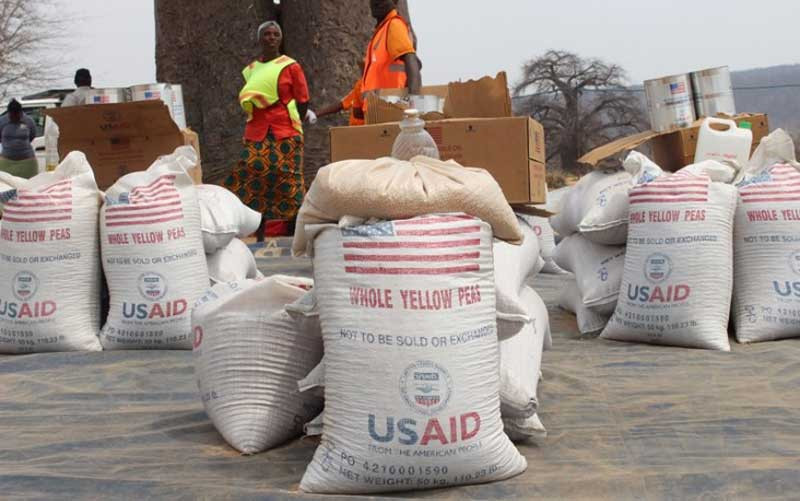
AT least 5,8 million Zimbabweans are estimated to require food assistance, latest statistics from the World Food Programme have shown.
According to WFP’s HungerMap Live monitoring platform, which collects data from rural households through mobile surveys on a number of indicators including food consumption patterns and coping strategies, the 5,8 million people that had insufficient food consumption in November were an increase of 5% (300 000) from 5,5 million food insecure people reported at the end of September 2022.
“The number of people estimated to be resorting to ‘crisis and above’ food-based coping strategies was estimated to be 7,8 million, which was an increase of about 200 000 people from the 7,6 million reported in October 2022. The biggest increase in the estimated prevalence of insufficient consumption over the past three months was reported in Matabeleland North, Mashonaland Central and Matabeleland South,” the WFP report read.
“The estimated prevalence of ‘crisis and above’ food-based coping remained high (above 40%) for all provinces except the major metropolitan areas of Harare and Bulawayo). The Famine Early Warning Systems Network (FewsNet) continues to project an increase in the proportion of households experiencing crisis outcomes mainly in deficit-producing areas, as households continue to increasingly rely on market purchases.”
WFP said the food poverty line for an individual was pegged at $21 454 60, while the labour survey indicated that the average monthly income was $20 000, which is below the food poverty line.
“Prices of basic commodities remain beyond the reach of many Zimbabweans, with the most vulnerable households being hardest hit. According to the latest figures from October, the food poverty line for an individual was $21 454, 60 while the labour survey indicated that the average monthly income was $20 000. Although the month-on-month rate of depreciation of the Zimdollar on both the official and parallel markets has slowed in recent months compared to the first half of the year, further depreciation was observed during the month of November at 3% on the official, and 6% on the parallel market.
“The difference between the official and parallel market exchange rates increased to 36% compared to October (32%), while in comparison to the same time the previous year, the gap has decreased by about 39 percentage points from 75% in November 2021. The cost of the basic food basket in Zimdollar terms in rural markets decreased by 10% compared to the previous month yet remains 432% higher than a year ago. In USD terms, the average cost decreased by 5% over the reporting period and increased by 4% compared to the same time last year,” WFP said.
Follow us on Twitter @NewsDayZimbabwe
- I will definitely win 2023 elections: Mwonzora
- We will rule forever: ED says
- Measles death toll hits 650
- Govt challenges youths to participate in tourism










